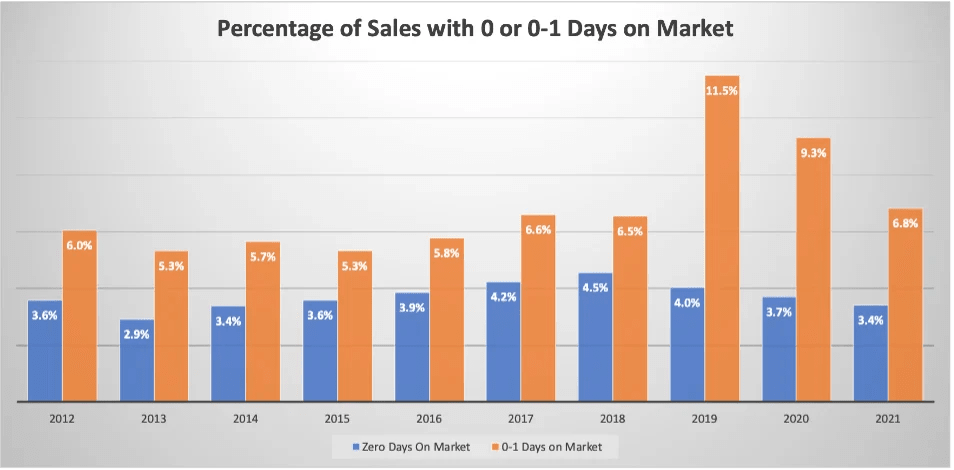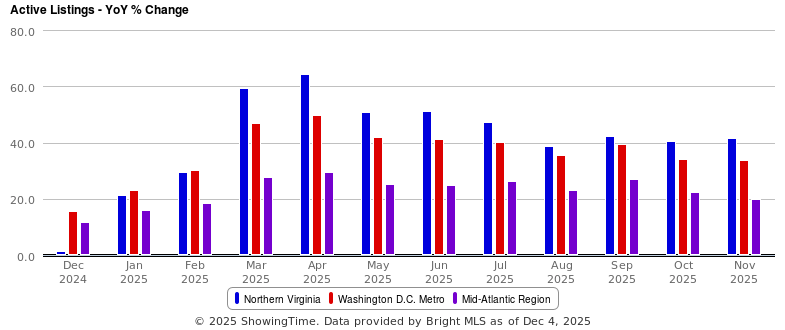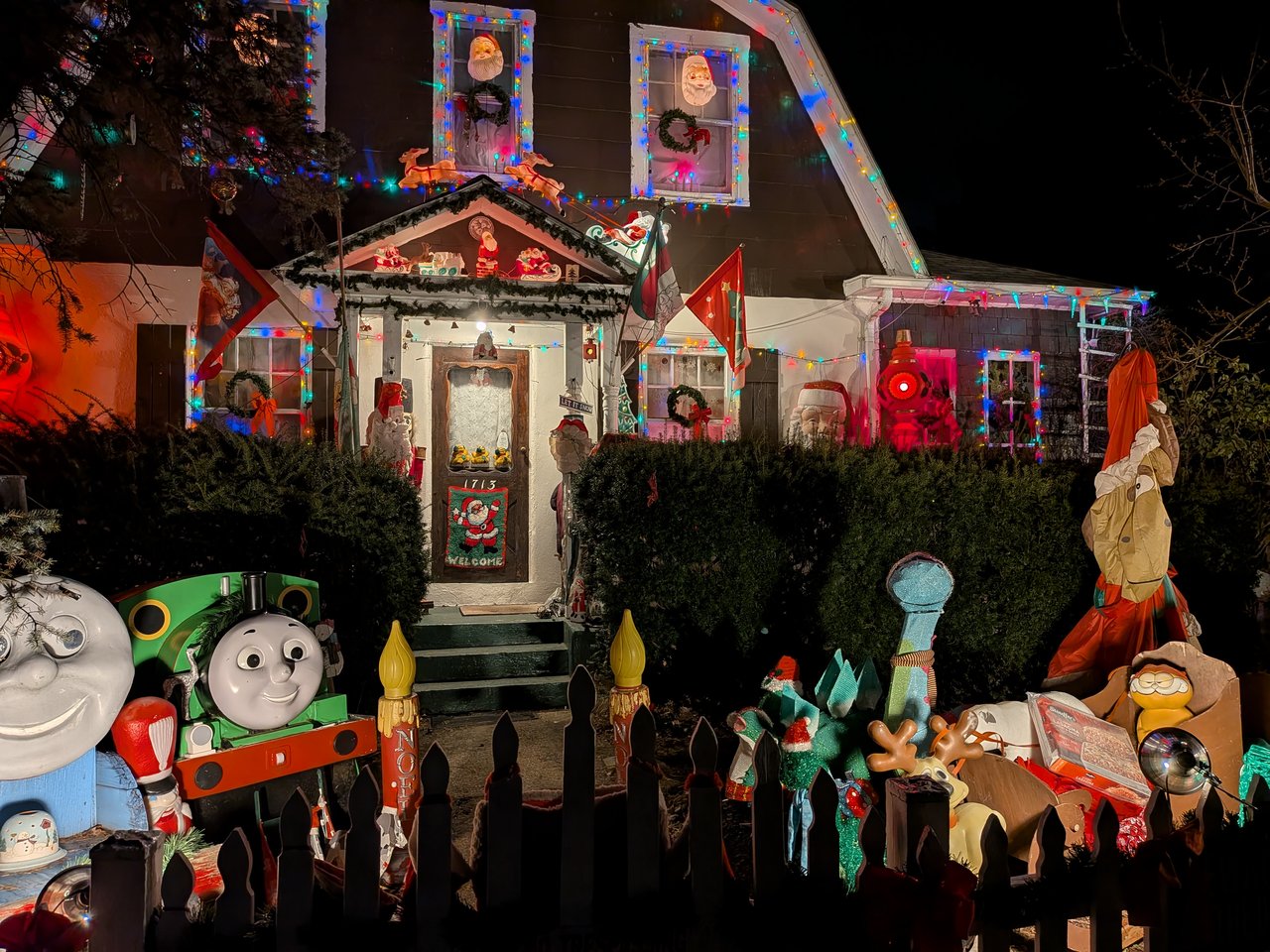Question: A friend of mine found a house off-market through their neighbor. Do you have any data that shows how many homes get sold before every hitting the market?
Answer: Most people assume that there are a lot more pre-market and off-market home sales than there really are. The data I used to determine likely pre/off-market activity suggests that only about 4-5% of Arlington homes sell without being listed first.
However, within that 4-5%, you have a wide range of circumstances that cause homes to be sold pre/off-market that aren’t really part of the “standard” sale process including tenants buying from their landlords, investor deals, custom homes, new construction condos, deals between neighbors/family/friends, and others. In this case, I’m loosely defining the “standard” sale process as a homeowner who begins the process of preparing their home for sale with the intention of offering it to the public.
So, the actual percentage of “standard” sales that follow a more traditional sales process that end up selling pre/off-market is likely much lower, and probably closer to 1-3% of total sales.
To come up with my pre/off-market estimates, I looked at the number of sold (Arlington) homes in the MLS that had zero days on market and the number of homes with zero and one days on market. A home with zero days on market was almost certainly sold pre/off-market and a portion of homes with one day on market were sold pre/off-market, but it’s impossible to tell from the data how many of those were pre-market vs how many were listed and the seller accepted an offer on the first day.
Not every pre/off-market sale gets entered into the MLS so those sales won’t show up anywhere in my data, however, I think this dataset gets us pretty close.
The chart below shows the percentage of homes each year that sold with zero or zero/one days on market.

Changes in Pre/Off-Market Rules
You’ll notice from the chart that there was a steady rise in pre/off-market deals through 2019, followed by a quick reduction in those deals since 2020.
For years prior to 2020, in order to gain a competitive advantage, agents and brokerages were creating their own “shadow” pre/off-market listing platforms/feeds that circumvented the cooperative agreements established through the MLS.
In the fall of 2019, Bright MLS (our regional MLS) announced major changes to protect the cooperation agreements of the MLS and required a home to be entered into the MLS within one business of any public marketing or advertising (For Sale sign, social media, email blasts, mailers, website, etc). Since this announcement, the number of pre/off-market deals have dropped substantially, for the betterment of both buyers and sellers, in my opinion.
I wrote about these rule changes in more detail and explained the MLS/Bright MLS concepts further in this October 2019 column.




